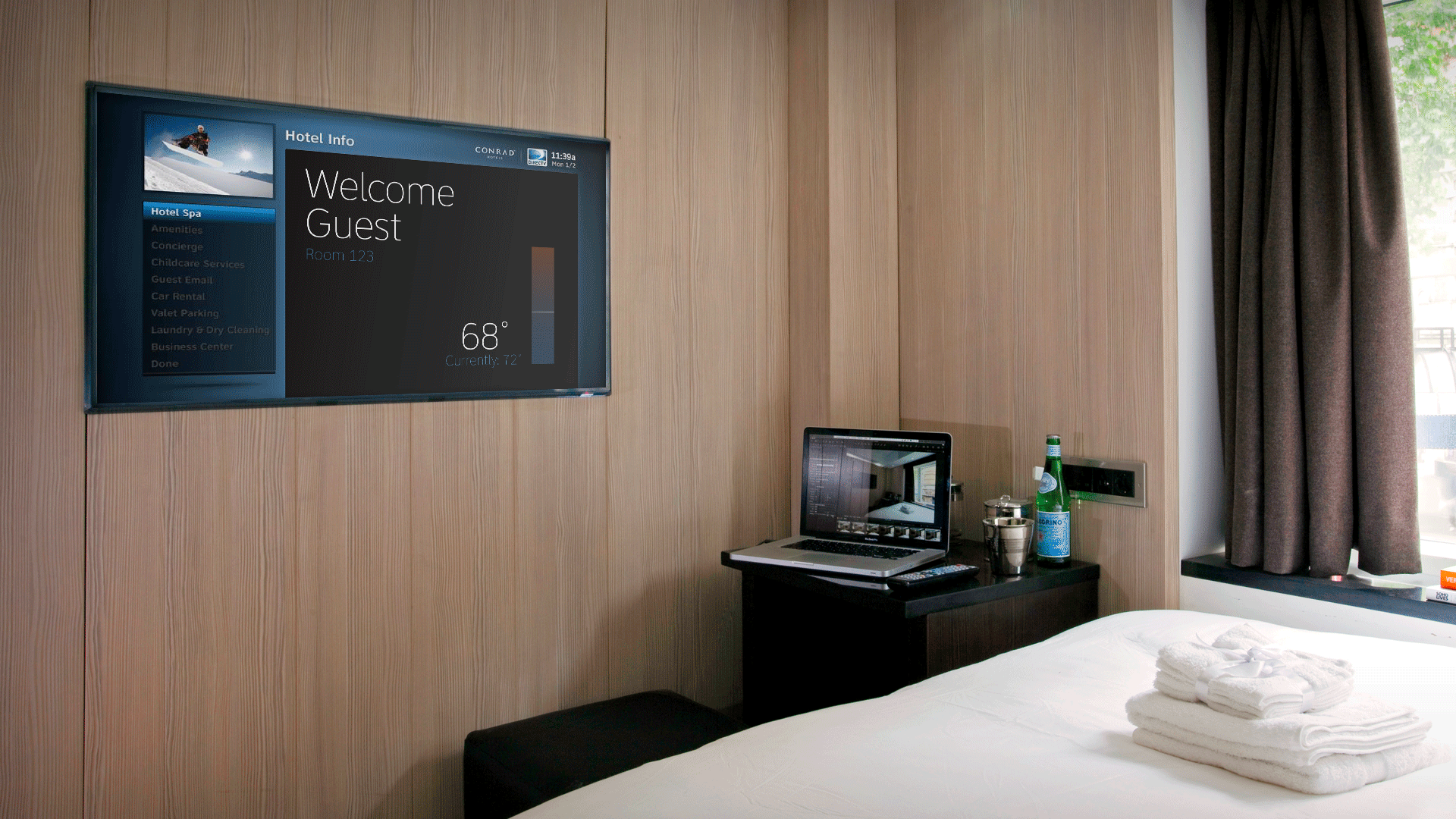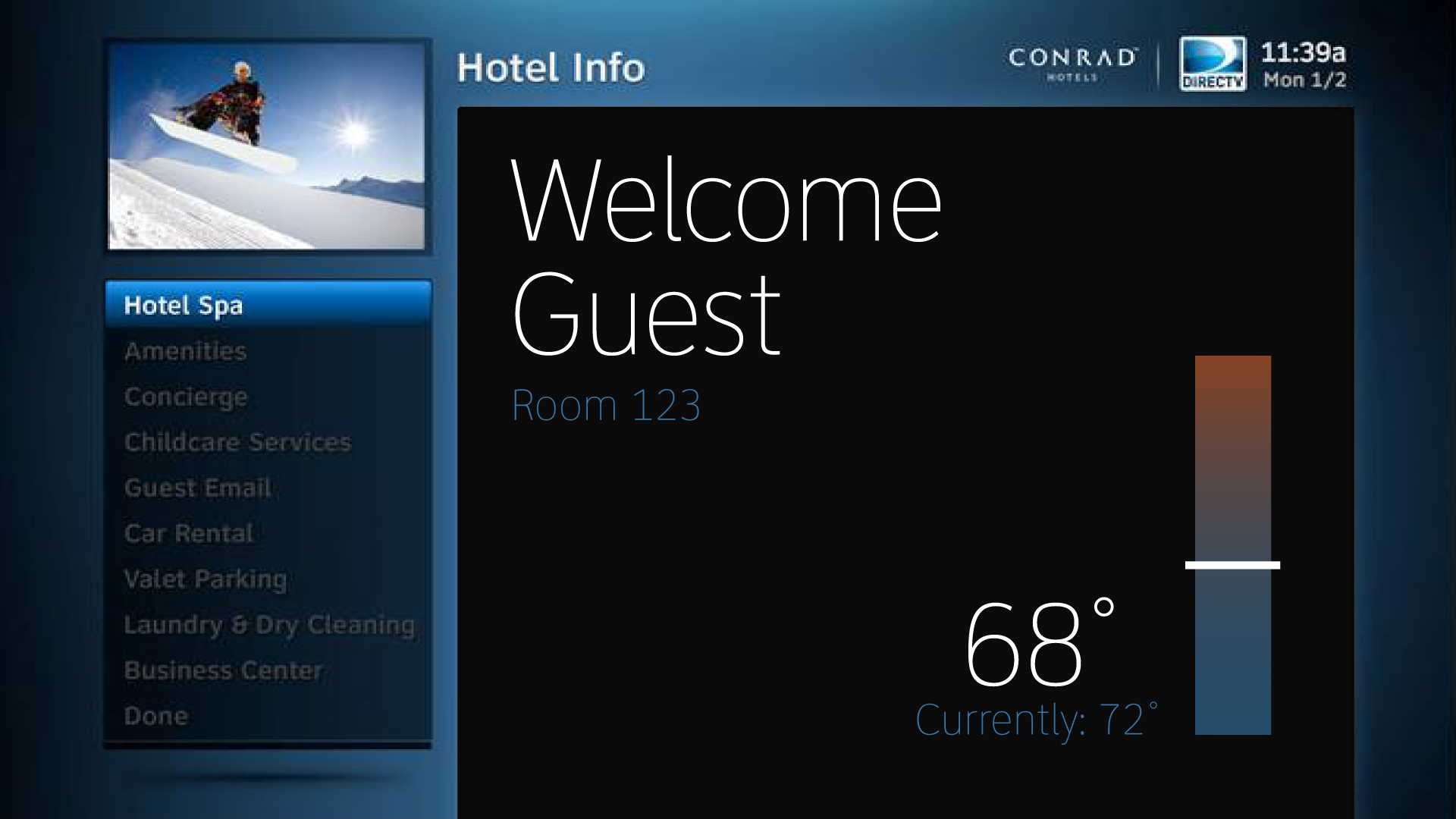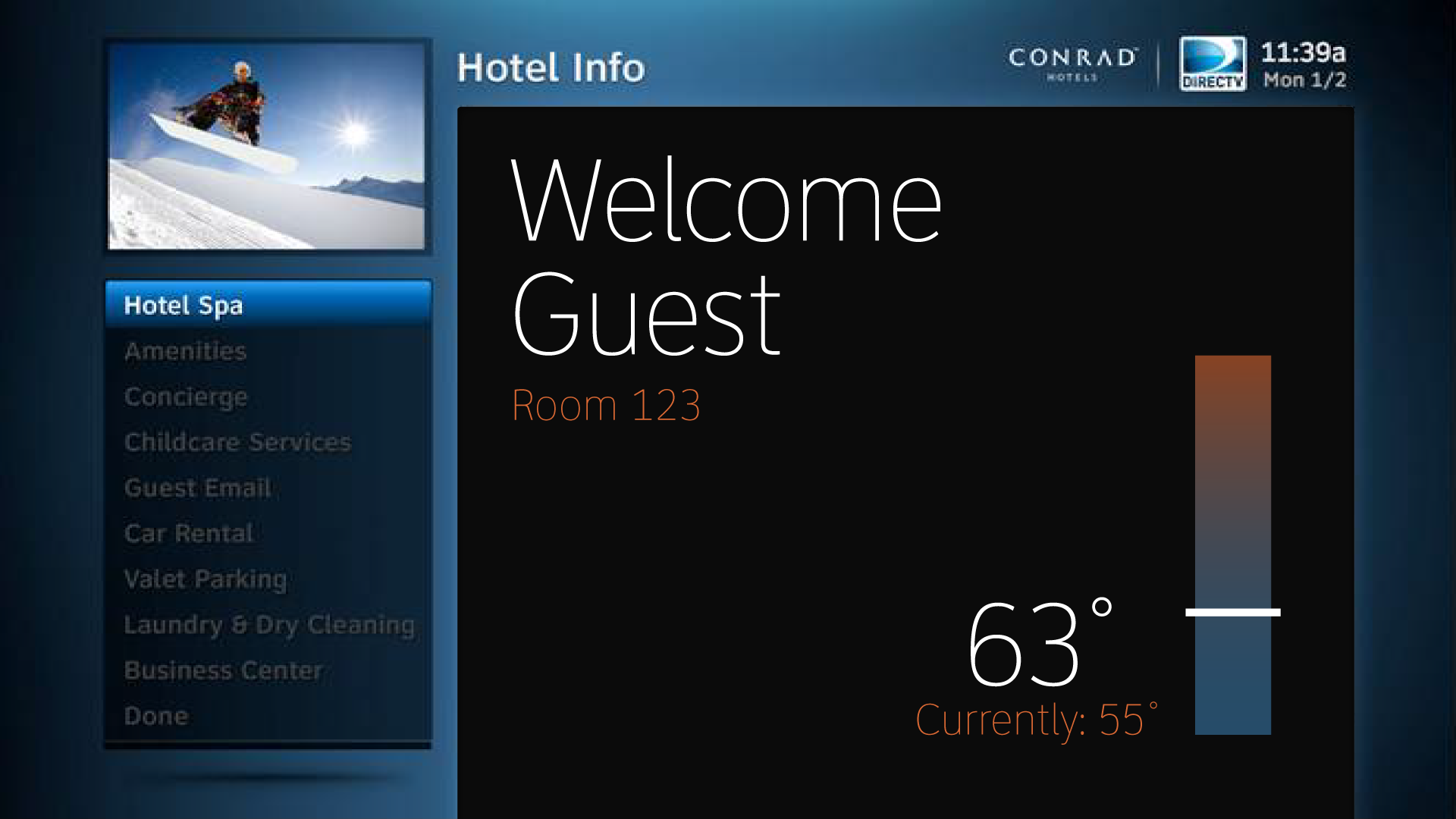Process
I was approached by another intern to partner on a project to create an intern project to create a proof-of-concept Nest app within the DRE system.
Constraints
Respecting contraints put in place by both Nest and DRE was the the key to this project.
Nest Guidelines
- Do not copy the form of their system, eliminating the circular temperature gauge.
- Do not use individual notches for each degree.
- Use the background to establish context.
DRE Limitations
- Do not use more than three unique cominations of font size, color, and weight; each is counted as it's own instance.
- Must use DIRECTV Remote.
- Must visually match DRE System.
Design
The strengths of the Nest design include showing the temperature relative to the maximum and minimum temperatures. The design fits the form factor of the temperature control, and the circle rotation provides delight to users.
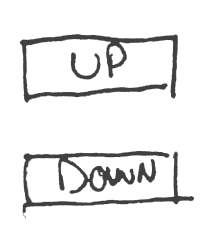
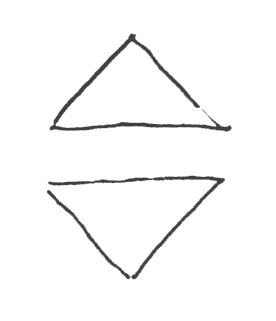
These interfaces mimic the controls on most home thermostats. The interface is not as intuitive when using a remote control, as there is an extra button press to move the pointer into place before selecting. It also does not establish the temperature relative to the maximum and minimum temperatures.
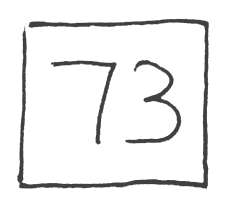
This interface is the easiest to use when drastically changing the temperature. However, it does not establish a maximum or minimum temperature. Users seemed to care about changing temperature relative to the current temperature in the room, rather than to a specific temperature. Multiple factors contribute to the temperature of a room, making the actual temperature less relevant.


Incremented bars work well because they establish the maximum and minimum temperatures of the system. Each only uses one button press per increment. Users are familiar with Up and Down terminology in relation to thermostats, so the vertical bar was better received. However, the individual notches for each degree are against the Nest guidelines.

This is the interface we decided on for a few reasons: it establishes the temperature relative to the maximum and minimum temperatures, it requires only one button press per increment, and follows all of the Nest guidelines.
